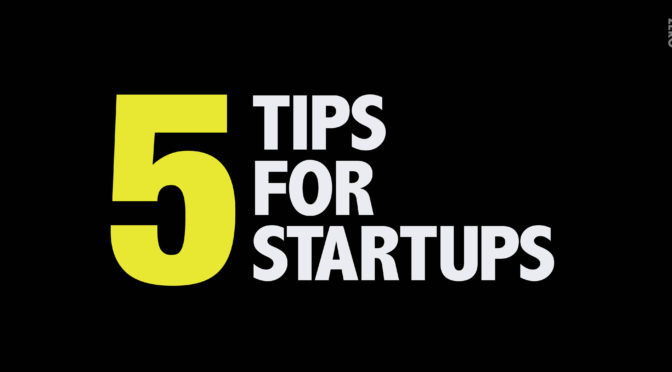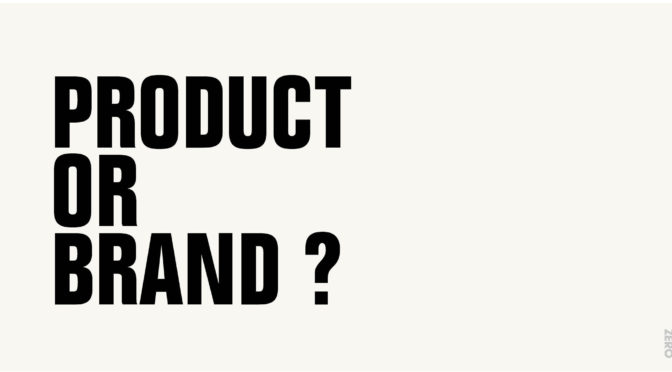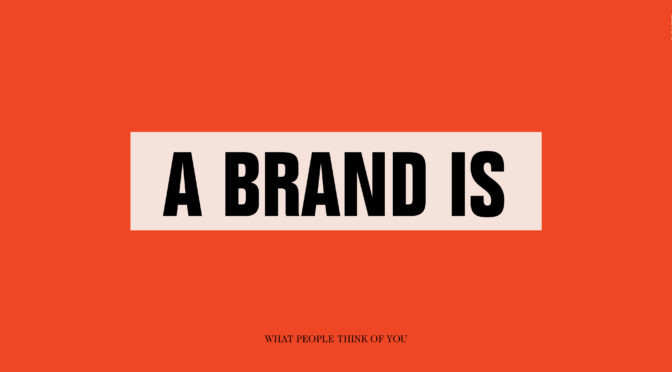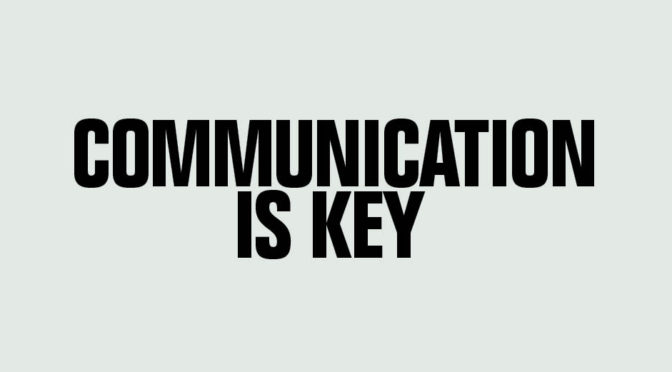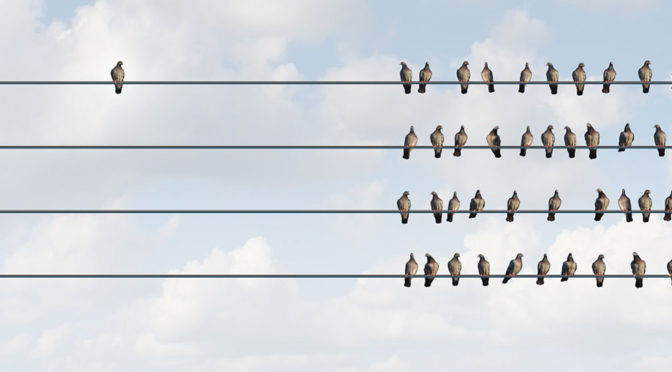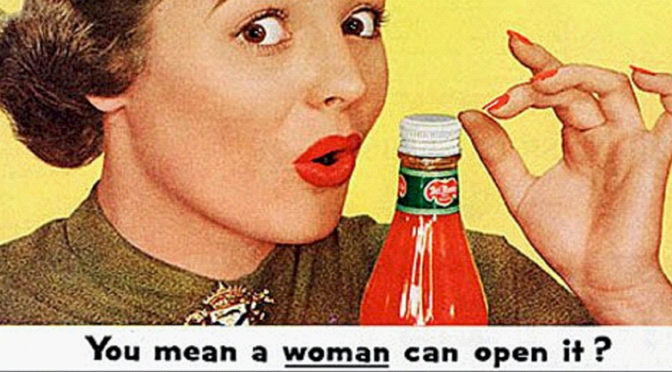Whether you’re a startup or a seasoned company,
getting the most out of your buck is everybody’s priority.
Listed below are surefire ways to reduce your marketing spend:
1. By getting to know your customer: Sometimes even before you market your product it is better to know your customers needs and requirements. Getting to know their target audience becomes a prerogative. When you know these hard facts wastage is cut to a minimal. Finding out customer problems and providing specific solutions reduces expenses.
2. Instead of appointing a PR manager become one yourself: Pitching to newspapers and bloggers by being the owner of a company would more likely get more attention than being PR rep. Start locally ,so your articles would be more likely to be picked up later by larger media houses.
3. Maintaining an Email list: and make the most of email campaigning. Write or make excellent email campaigns that call for eyeballing headlines. Make a subscribers list and add offers and discounts for people who sign up. Sign up on service provers like Mailchimp that let you send mails to over 12000 subscribers at one time.
4. Co sponsor events: Get together with like minded companies or those that share your interests and co sponsor events around your vicinity.
5. Zero in on target demographics: While running campaign on Facebook, Twitter and LinkedIn narrow down your target reach to specific audiences to make sure you make the most out of your ad spend and avoid pilferage.

